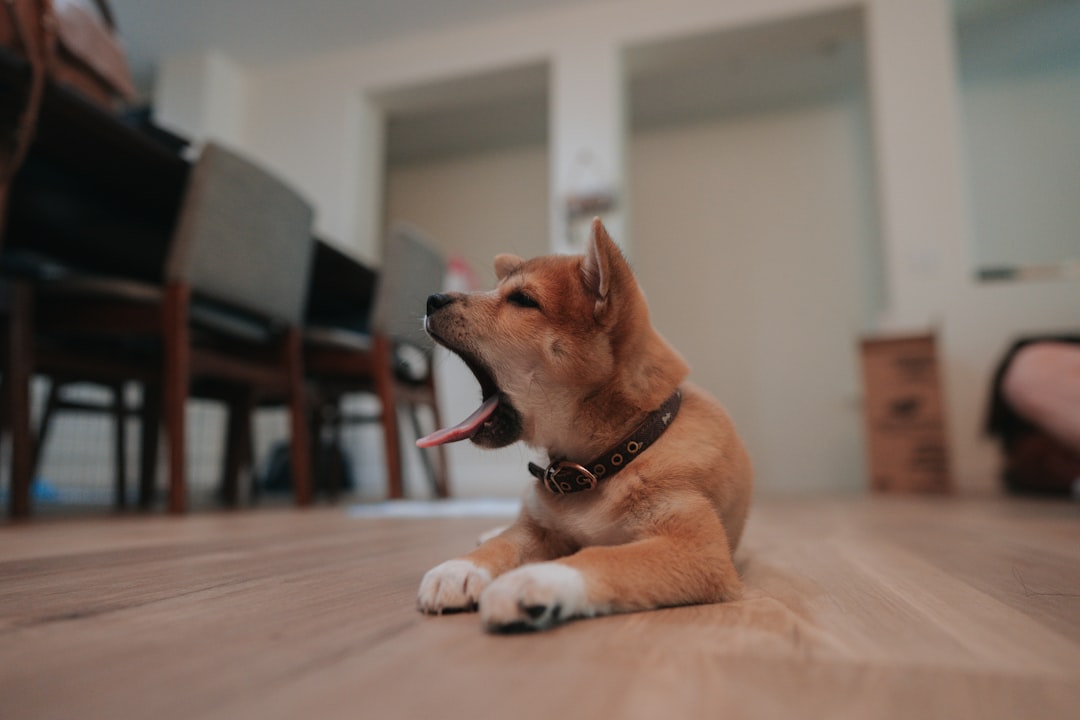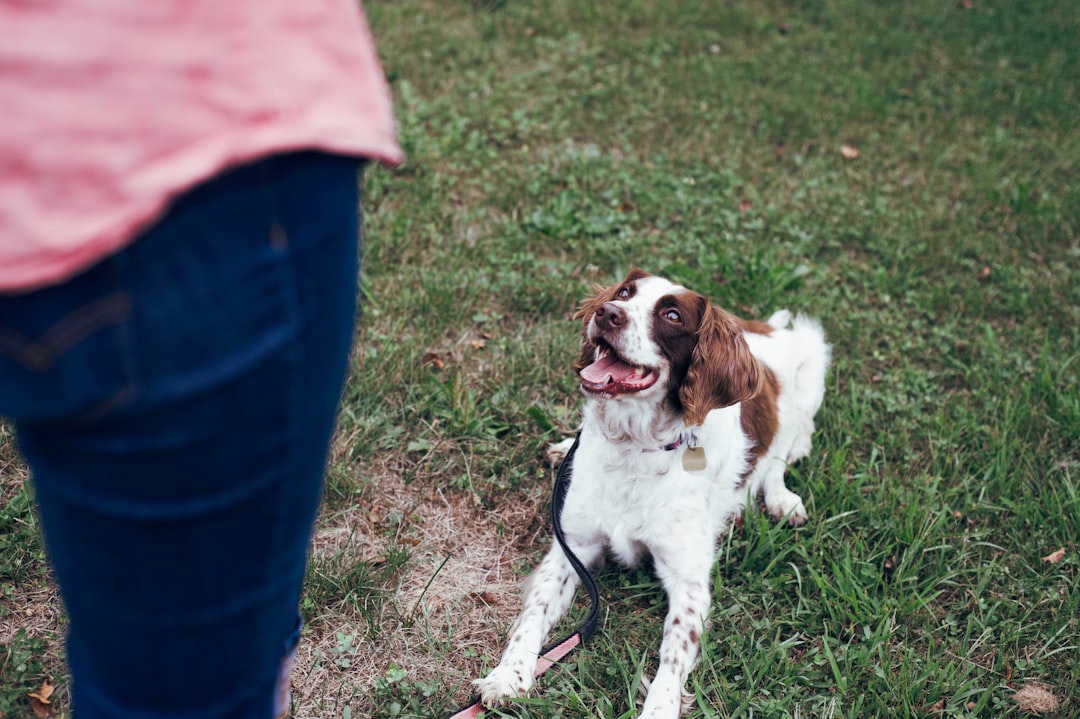Picture this: you walk through your front door after a long day, only to find your favorite leather shoes turned into confetti and your coffee table leg sporting fresh teeth marks. Your heart sinks, your wallet feels lighter already, and you wonder if your beloved pup has declared war on your bank account. You’re not alone in this expensive dance with destructive chewing.
Millions of dog owners face this costly reality every day. The numbers are staggering when you consider the true financial impact goes beyond just replacing chewed items. From emergency vet visits when dogs swallow inappropriate objects to potential insurance claims, destructive chewing can drain your resources faster than you might imagine. Yet here’s the encouraging truth: understanding why your dog chews and implementing smart prevention strategies can save you thousands while strengthening your bond with your furry friend.
The Hidden Financial Reality of Destructive Chewing

The average dog owner spends far more on chewing-related damages than most people realize. Destructive chewing in dogs is definitely annoying, and it can be expensive depending on what they like to chew on. Think beyond your chewed shoes or furniture legs for a moment.
Emergency veterinary visits represent the highest hidden cost when dogs swallow what they chew. Destructive chewing can lead to self-harm, dental damage, choking or intestinal blockages if your dog likes to actually eat what he chews. A single surgery to remove an intestinal blockage can easily cost several thousand dollars.
Insurance claims related to pet damage are climbing dramatically too. According to the Insurance Information Institute (Triple-I), dog-related liability claims have cost insurers significant amounts in recent years, with claims reaching nearly $1.136 billion in 2022. While this includes bite incidents, property damage from chewing behaviors contributes significantly to these mounting costs.
Understanding Why Dogs Chew What They Shouldn’t

Chewing is a perfectly normal behavior for dogs of all ages. Both wild and domestic dogs spend hours chewing bones. Your dog isn’t trying to bankrupt you or exact revenge for leaving them home alone. They’re simply following deeply ingrained instincts that served their ancestors well.
Dogs, especially puppies, are extremely playful and investigative. While play with people and other dogs is an important part of socialization and social development, exploration and object play are important ways for dogs to learn about their environment. Therefore, it is a normal behavior for puppies to investigate their environment by sniffing, tasting and perhaps chewing on objects throughout the home.
To achieve oral satisfaction, dogs seeking to fulfil their need to chew may target available but inappropriate substrates or those valued by humans, such as bedding or furniture. Understanding this natural drive helps you redirect it rather than fight against it.
The Teething Phase: When Costs Can Skyrocket

Your pup will chew the most during teething, which can last for six months, due to the discomfort of the loose baby teeth and newly emerging adult teeth. The chewing alleviates the young dog’s discomfort to some degree and helps the new teeth work their way through the gums. This phase often catches new dog owners off guard financially.
The desire to investigate interesting objects and the discomfort of teething motivate puppies to chew. Much like human infants, puppies go through a stage when they lose their baby teeth and experience pain as their adult teeth come in. This intensified chewing phase typically peaks during the teething period, which generally occurs between 3-6 months of age for most puppies.
During this crucial period, prevention becomes your best financial friend. Puppy-proofing your home thoroughly during these six months can save you hundreds or even thousands in replacement costs. The investment in appropriate chew toys during this phase pays dividends in preserved belongings.
Anxiety and Boredom: The Expensive Emotional Triggers

Chewing and destructive behaviors may also be a response to anxiety. Dogs that are in a state of conflict, arousal, or anxiety, such as separation anxiety, may turn to chewing and other forms of destructiveness as an outlet. When your dog feels stressed or abandoned, your possessions become their comfort objects.
Dogs that are bored or left alone for prolonged periods of time may turn to chewing as a way to relieve their frustration. This could be a way to lash out, or it could just be a fun way to pass the time in lieu of healthier and safer activities.
Chewing can be a potent stress reliever and releases pleasurable endorphins into the body, while destructive chewing, such as on doors or window frames can be a sign that a dog needs help coping with an overwhelming situation. Recognizing these emotional triggers allows you to address the root cause rather than just the symptoms.
Smart Prevention Strategies That Save Money

If you don’t want it in your dog’s mouth, don’t make it available. Keep clothing, shoes, books, trash, eyeglasses and remote controls out of your dog’s reach. Putting trash in a cupboard or blocking off areas with enticing items is the easiest way to prevent mistakes.
Creating appropriate outlets for chewing behavior proves far more cost-effective than constant replacement. Start by having an abundance of items around that are safe for your dog to chew on. To interest your dog in chewing on these items, try to have a variety of textures, shapes, tastes, etc.
Exercise and mental stimulation are essential for reducing destructive behaviors. Regular walks, playtime, and activities like fetch or puzzle toys can help burn off excess energy and keep your dog engaged. A tired dog is typically a well-behaved dog who’s less likely to redecorate your furniture with their teeth.
The Training Investment That Pays Long-Term Dividends

Do your best to supervise your dog during all waking hours until you feel confident that his chewing behavior is under control. If you see him licking or chewing an item he shouldn’t, say “Uh-oh,” remove the item from your dog’s mouth, and insert something that he CAN chew. Then praise him happily.
When you catch your dog chewing on something, calmly redirect it to an appropriate chew toy and reward it for choosing the right item. Consistency is key, so make sure to reinforce good behavior every time to help your dog understand what is acceptable to chew.
Professional training might seem like an upfront expense, but it’s actually an investment in your financial future. Seek professional help from a positive reinforcement dog trainer or veterinary behaviorist if your puppy or adult dog is showing aggression when you attempt to take back objects they shouldn’t be chewing, or if your dog is engaging in extreme destructive behavior when left alone. The cost of a trainer pales in comparison to ongoing replacement expenses.
When Professional Help Becomes Necessary

You should see a vet for a dog’s destructive chewing if the behavior persists despite attempts to correct it with training and environmental changes. Additionally, if the chewing is causing physical harm to the dog or damage to your home, it is important to seek professional help promptly.
In severe cases, medication or referral to a veterinary behaviorist may be necessary to address the underlying anxiety or stress causing the destructive chewing behavior. While professional intervention represents an immediate expense, it prevents the escalating costs of continued destruction.
If you’re struggling to contain the beast and the chewing is overly damaging to your items or your dog’s health, contact your veterinarian to rule out any medical distress, and hire a positive trainer to help. Sometimes underlying health issues contribute to excessive chewing behaviors, making veterinary evaluation crucial.
Your dog’s chewing doesn’t have to drain your savings account or turn your home into a war zone. The key lies in understanding that this natural behavior needs appropriate outlets, not elimination. By investing in prevention, proper training, and addressing underlying causes like anxiety or boredom, you’ll save money while building a stronger relationship with your furry companion. Remember, every dollar spent on proper chew toys, training, or environmental management saves you multiple dollars in replacement costs down the road.
What strategies have worked best for managing your dog’s chewing habits? Share your experiences in the comments below.

Andrew Alpin from India is the Brand Manager of Doggo digest. Andrew is an experienced content specialist and social media manager with a passion for writing. His forte includes health and wellness, Travel, Animals, and Nature. A nature nomad, Andrew is obsessed with mountains and loves high-altitude trekking. He has been on several Himalayan treks in India including the Everest Base Camp in Nepal.






